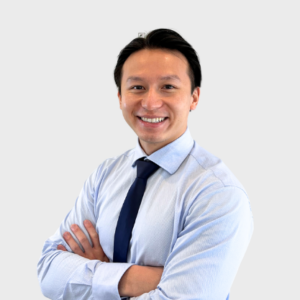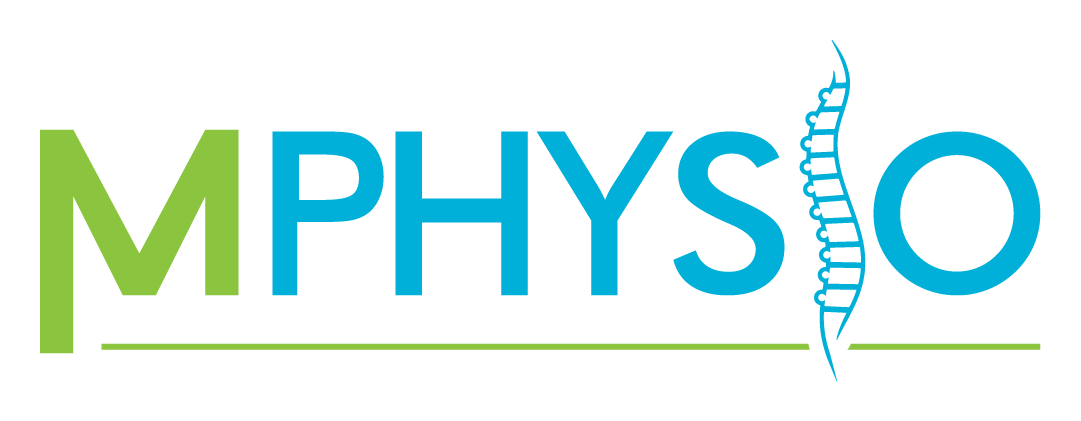Blog, Physiotherapy
Exploring the Shoulder Labrum: Key to Biomechanical Stability

The shoulder labrum is a crucial structure in the shoulder joint, playing a significant role in its biomechanical stability and function. This fibrocartilaginous rim enhances the depth of the glenoid socket, providing support to the head of the humerus and facilitating smooth movement. However, injuries to the labrum are common and can lead to pain, instability, and functional limitations. In this blog post, we will delve into the function of the shoulder labrum, common injury mechanisms, and the role of physiotherapy in managing labral injuries.
The Role of the Shoulder Labrum
The shoulder labrum serves several essential functions:
- Stability: The labrum deepens the glenoid socket, providing additional stability to the shoulder joint. It helps to maintain the proper alignment of the humeral head within the socket, reducing the risk of dislocation and subluxation.
- Load Transmission: During dynamic movements, such as throwing or lifting, the labrum distributes forces across the shoulder joint, reducing stress on the surrounding structures and minimizing the risk of injury.
- Shock Absorption: The fibrocartilaginous composition of the labrum enables it to absorb shock and dissipate forces, protecting the articular cartilage and other joint structures from excessive wear and tear.
Common Mechanisms of Labral Injury
Labral injuries can occur due to various factors, including trauma, repetitive overuse, and anatomical abnormalities. Common mechanisms of labral injury include:
- Traumatic Events: Falls, direct blows to the shoulder, or sudden traction forces can cause tears or detachment of the labrum. These injuries are often seen in athletes involved in contact sports or individuals involved in accidents.
- Repetitive Overhead Activities: Athletes engaged in overhead sports, such as baseball, swimming, or volleyball, are prone to developing labral injuries due to repetitive stress on the shoulder joint. Over time, this can lead to labral fraying, degeneration, or tears.
- Shoulder Instability: Individuals with shoulder instability, either due to ligament laxity or muscle imbalances, are at an increased risk of labral injuries. Repeated episodes of shoulder dislocation or subluxation can cause damage to the labrum, compromising joint stability.
Physiotherapy Interventions for Labral Injuries
Physiotherapy plays a crucial role in the management of shoulder labral injuries, aiming to reduce pain, improve stability, and restore function. Treatment strategies may include:
- Manual Therapy: Hands-on techniques such as joint mobilisations, soft tissue mobilisation, and manual stretching can help alleviate pain, improve joint mobility, and restore optimal shoulder mechanics.
- Exercise Therapy: Customised exercise programs target muscle imbalances, strengthen the rotator cuff and scapular stabilisers, and improve dynamic shoulder stability. Specific exercises may include:
- Rotator cuff strengthening exercises
- Scapular stabilisation exercises
- Proprioceptive and neuromuscular training to enhance shoulder proprioception and control.
- Functional Rehabilitation: Progressive functional rehabilitation aims to restore the individual’s ability to perform activities of daily living and sports-specific movements safely. This may involve sport-specific drills, plyometric exercises, and gradual return-to-play protocols for athletes.
Evidence-Based Practice
Recent literature supports the efficacy of physiotherapy interventions for shoulder labral injuries:
- A randomised controlled trial by Kuhn et al. (2013) demonstrated the effectiveness of physical therapy in improving functional outcomes and reducing pain in individuals with labral tears.
- A systematic review by Provencher et al. (2017) highlighted the importance of comprehensive rehabilitation, including manual therapy and exercise therapy, in optimising outcomes for patients undergoing labral repair surgery.
In conclusion, the shoulder labrum plays a crucial role in maintaining shoulder stability and function. Labral injuries can significantly impact an individual’s quality of life, but with appropriate physiotherapy interventions, individuals can achieve significant improvements in pain relief, shoulder stability, and functional outcomes. By addressing muscle imbalances, improving shoulder biomechanics, and facilitating tissue healing through manual therapy, exercise therapy, and functional rehabilitation, physiotherapists at M Physio in Zetland, NSW, are dedicated to optimising outcomes and improving the lives of individuals with shoulder labral injuries.
 |
Written By:
Masters of Physiotherapy |
References:
Kuhn, J. E., Dunn, W. R., Sanders, R., An, Q., Baumgarten, K. M., Bishop, J. Y., … & Spindler, K. P. (2013). Effectiveness of physical therapy in treating atraumatic full-thickness rotator cuff tears: A multicenter prospective cohort study. Journal of Shoulder and Elbow Surgery, 22(10), 1371-1379.
Provencher, M. T., McCormick, F., Dewing, C., McIntire, S., Solomon, D., & Aman, Z. S. (2017). A prospective analysis of 179 type 2 superior labrum anterior and posterior repairs: outcomes and factors associated with success and failure. The American Journal of Sports Medicine, 45(4), 875-881.


